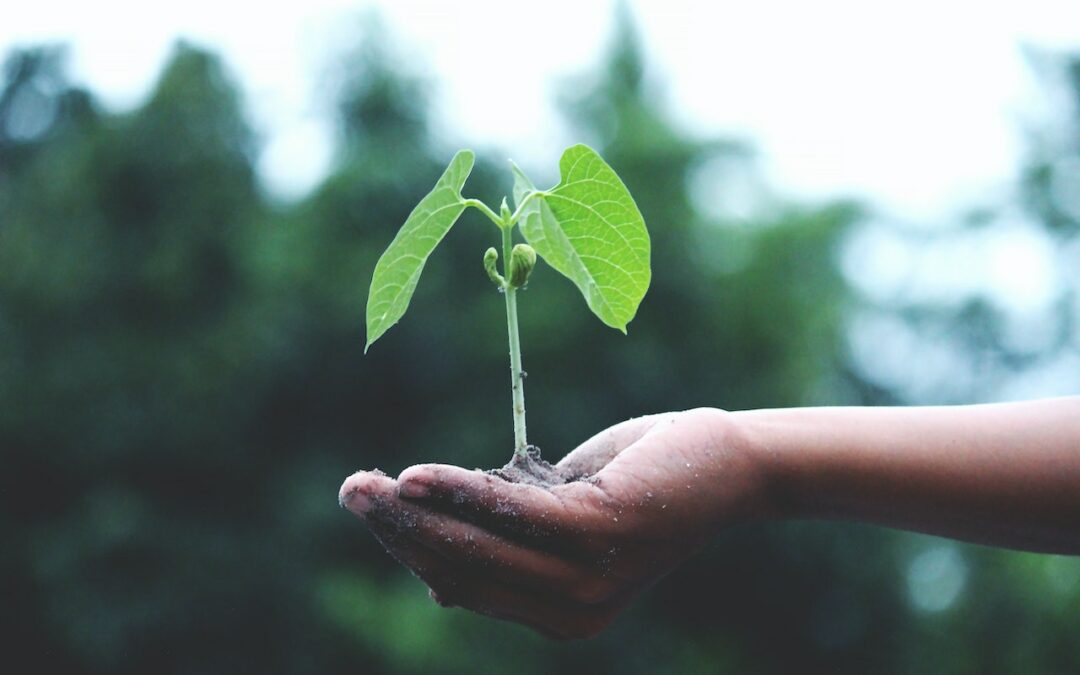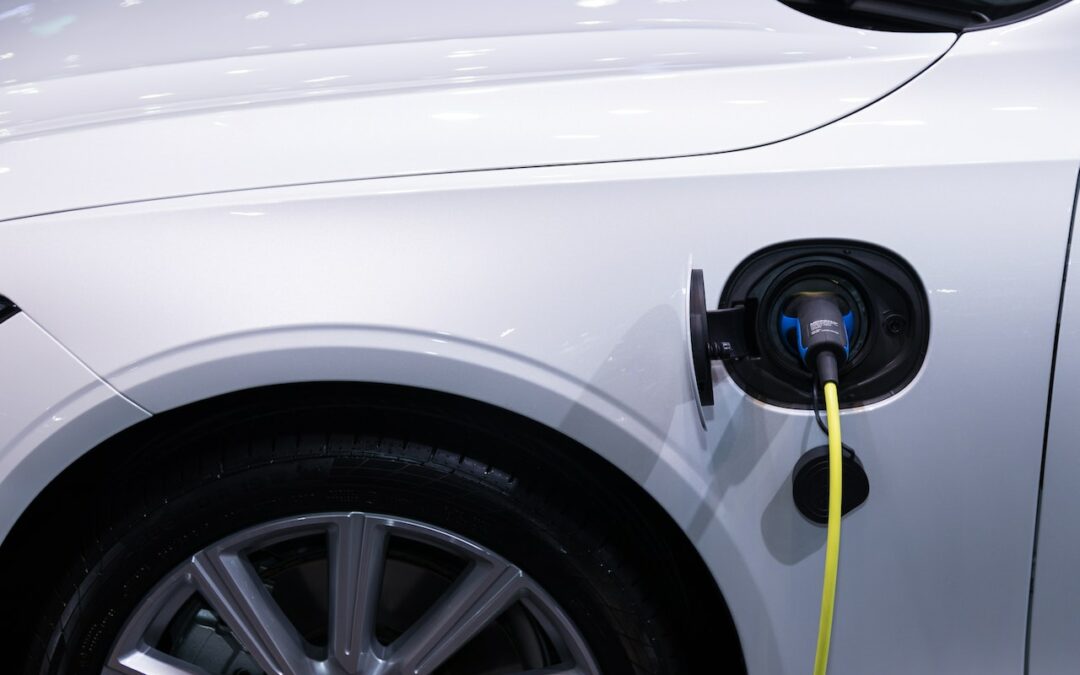
Getting closer to a circular economy for plastics
A new catalytic process, developed at the University of California, Berkeley, works equally well with the two dominant types of post-consumer plastic waste: polyethylene, the component of most single-use plastic bags; and polypropylene, the component of hard plastics, from microwavable dishes to luggage. It also efficiently degrades a mix of these types of plastics.
Clear plastic water bottles made of polyethylene tetraphthalate (PET), a polyester, were designed in the 1980s to be recycled this way. But the volume of polyester plastics is minuscule compared to that of polyethylene and polypropylene plastics, referred to as polyolefins.
“We have an enormous amount of polyethylene and polypropylene in everyday objects, from lunch bags to laundry soap bottles to milk jugs — so much of what’s around us is made of these polyolefins,” said John Hartwig, a UC Berkeley professor of chemistry who led the research. “What we can now do, in principle, is take those objects and bring them back to the starting monomer by chemical reactions we’ve devised that cleave the typically stable carbon–carbon bonds. By doing so, we’ve come closer than anyone to give the same kind of circularity to polyethylene and polypropylene that you have for polyesters in water bottles.”
Hartwig, together with graduate student Richard J “RJ” Conk, chemical engineer Alexis Bell, who is a UC Berkeley Professor of the Graduate School, and their colleagues, has now published the details of the catalytic process in the journal Science.
Like a string of pearls
One key advantage of the new catalysts is that they avoid the need to remove hydrogen to form a breakable carbon–carbon double bond in the polymer, which was a feature of the researchers’ earlier process to deconstruct polyethylene. Such double bonds are an Achilles heel of a polymer, in the same way that the reactive carbon–oxygen bonds in polyester or PET make the plastic easier to recycle. Polyethylene and polypropylene don’t have this Achilles heel — their long chains of single carbon bonds are very strong.
“Think of the polyolefin polymer like a string of pearls,” Hartwig said. “The locks at the end prevent them from falling out. But if you clip the string in the middle, now you can remove one pearl at a time.”
The two catalysts together turned a nearly equal mixture of polyethylene and polypropylene into propylene and isobutylene — both gases at room temperature — with an efficiency of nearly 90%. For polyethylene or polypropylene alone, the yield was even higher.
Conk added plastic additives and different types of plastics to the reaction chamber to see how the catalytic reactions were affected by contaminants. Small amounts of these impurities barely affected the conversion efficiency, but small amounts of PET and polyvinyl chloride — PVC — significantly reduced the efficiency. This may not be a problem, however, because recycling methods already separate plastics by type.
Conk adjusts a reaction chamber in which mixed plastics are degraded into the reusable building blocks of new polymers. Image credit: Robert Sanders/UC Berkeley.
Hartwig noted that while many researchers are hoping to redesign plastics from the ground up to be easily reused, today’s hard-to-recycle plastics will be a problem for decades.
“One can argue that we should do away with all polyethylene and polypropylene and use only new circular materials. But the world’s not going to do that for decades and decades. Polyolefins are cheap, and they have good properties, so everybody uses them,” Hartwig said. “People say if we could figure out a way to make them circular, it would be a big deal, and that’s what we’ve done. One can begin to imagine a commercial plant that would do this.”
The researchers believe the process, if scaled up, could help bring about a circular economy for many throwaway plastics, thereby reducing the fossil fuels used to make new plastics.
Top image credit: iStock.com/Andreas Steidlinger



